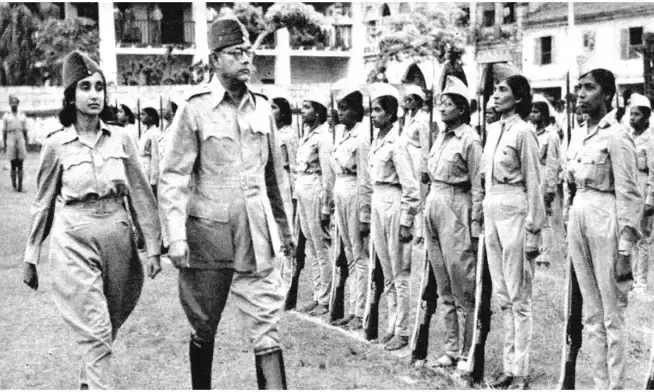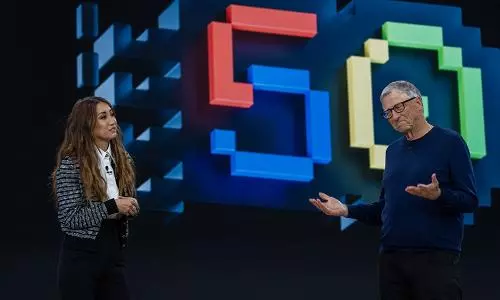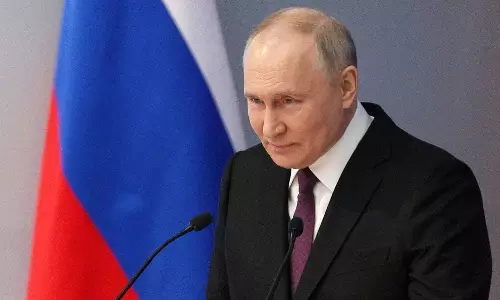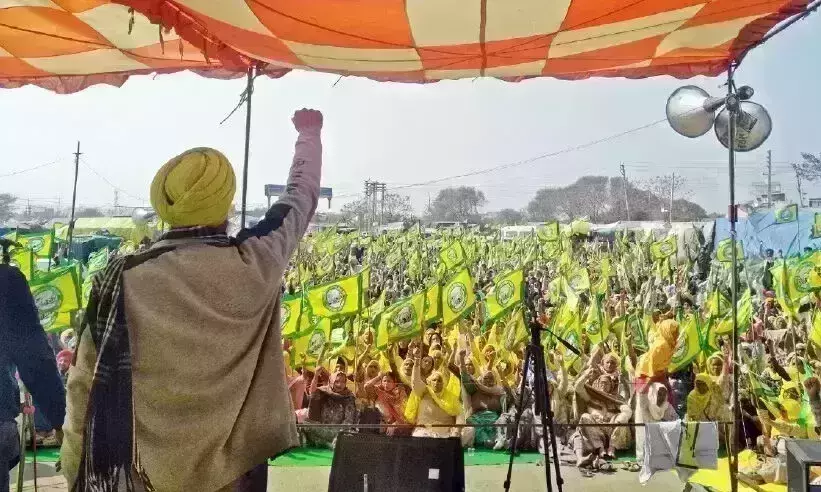
The successful farmers' protests
text_fieldsChakka jam at Tikri
Farmers at Pakoda Chowk, four kilometres from Tikri, are thrilled about the responses received for the chakka jam in Punjab and Haryana. The farmers testified that thousands of farmers were blocking roads merely 13 km away at Haryana toll plaza.
The struggle, which the government had hoped to destroy with violence on Republic Day, has come a long way. More than a lakh people have joined the strike around Tikri which stretches across 20kms.
In-charge of the protest in Tikri from the Bharatiya Kisan Union Ekta Ugrahan, Jaswinder Singh says, "One shouldn't yet think that the farmers' protest has reached its peak. The struggle can further grow and intensify." What the authorities are propagating as 'weakening strength' is the number of people who have been sitting in protests continuously for the last two and a half months.
However, lakhs come and go from Punjab and Haryana every single day. Every day, a new crowd joins the protests extending solidarity. Protest grounds are gaining strength and expanding day by day.
From drugs to protests
A significant overhaul in the protests was for the young generation of Punjab heavily addicted to drugs.
The Punjabi community, extremely frustrated about the use of drugs prevalent in its younger generations, is now hopeful. The youth have realised that the agriculture sector, protected over generations in Punjab, is at threat due to widespread drug abuse.
According to Jaswinder, the political leaders and rulers of Punjab are the drug dealers. The corporates need to eliminate opposition from the youth; they do not want the youth to agitate against the government's policies, gain an education, create awareness, raise questions or demand employment. Moving cunningly ahead, they anticipated the threats and removed them before setting out to loot.
It is a strategy involving the government, the police and the corporates; on realising that it is impossible to occupy the farmland of Punjabis otherwise, they introduced drugs. It does not matter to the addict who is robbing his land or what policy Modi is implementing. For two and a half months, not a single trace of the drug has been found in the protest area, which stretches for 20 km from Pakoda Chowk. Jaswinder Singh says, "We should remember that 70 per cent of the youth in Punjab were addicted to drugs. If anyone is using drugs in the protest area where tens and thousands of young people gather, at least one syringe should have been found within a day, and that never happened."
Public convinced of protest demands
According to Sukhdarshan Singh, Punjab Kisan Union, the farmers could convince the larger population their target through the protests; they could convince the public that the country's real frauds are not the government we see on the front, but the corporates behind them. This is the first time in the country's history that it has witnessed a popular agitation, which attracted national attention, against corporates. This is the first strike in the last seven years in which the Modi government had to halt policies. As previously done in Gujarat, Modi's efforts to support corporates on a national level were exposed in the farmers' protest.
Low tactics as in Shaheen Bagh
The notable victory of the farmers' protest is uniting Punjab and Haryana's farmers, says Jaswinder. The BJP had hoped to stem the protest in Haryana before it reached Delhi.
However, farmers from both states broke the barricades and reached the gates of Delhi. Later, they tried to stop the protest as they did at Shaheen Bagh. The government's police and goons attacked the farmers and the protesters who overcame with a stronger resolve.
They tried to negate the protests attributing it a religious colour given the Sikh flags used in the demonstrations. Such strategies used to downplay Shaheen Bagh are further expected, but Pakoda Chowk is determined not to withdraw until the three controversial farm laws are repealed.























